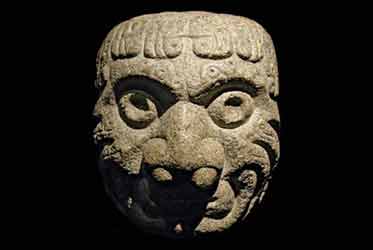About the Author
Daniel Moler is a writer, artist, and sanctioned teacher in the Pachakuti Mesa Tradition. He is the author of Shamanic Qabalah: A Mystical Path to Uniting the Tree of Life and the Great Work from Llewellyn Worldwide, Machine Elves 101, RED Mass, as well a contributor in Ross Heaven’s book on Peruvian healing Cactus of Mystery and Llewellyn’s 2020 Magical Almanac. He has published fiction and nonfiction works around the world in magazines, journals, gaming modules, and online, including: GrahamHancock.com, Positive Health Magazine, Cannabis Culture, The Tattooed Buddha, Sacred Hoop, and A Journal of Contemporary Shamanism. Visit Daniel online at www.danielmolerweb.com.
sc-shortcode-cleaner-clean-content-end–>


